Alfalfa, red canary grass, perennial ryegrass and fescue are amongst the most popular grasses for grazing cattle. They all lead to healthier and more productive cows. Begin planting these now to lower your feed costs next season.
This article discusses some of the best grasses for grazing cattle, explains their benefits, and explores which types of grass you should avoid feeding to your cows.
Table of Contents
Best Types of Grass
Cows can feed on almost any type of grass. Cows are ruminants and have a powerful digestive system (known as a rumen) that allows them to absorb the nutrients they need from tough plants like grass and tree bark.
While cows can survive on almost any grass, there are certain types of grasses that are ideal. Each grass species is best suited to different climates and soil types, and each has different nutrient densities and general care requirements.
Let’s explore some popular grass species and their benefits to cattle:
Alfalfa
Alfalfa is one of the best legumes for grazing cattle and is popular throughout the US. It’s more energy and nutrient-dense than most other types of grass, and can be turned into hay for winter.
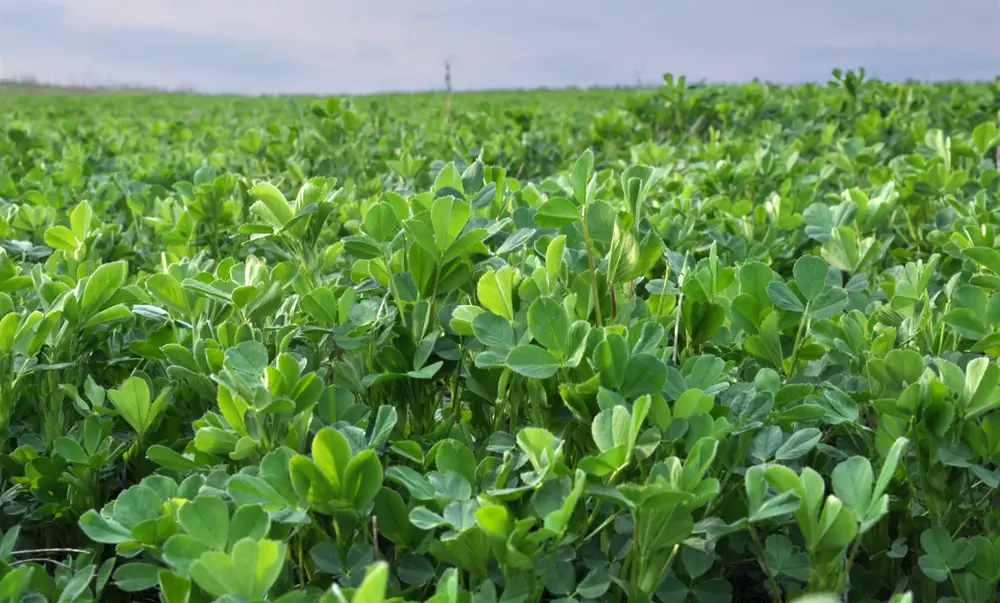
Alfalfa does best in the warm season when most species of grass experience a decline in growth rates.
Many farmers allow their livestock to graze on the pasture and then when it starts to get thin, they over-seed it with fescue or ryegrass to bolster the soil and get more pasture for their livestock.
Reed Canary Grass
Reed canary grass grows quickly and is readily available in wetland areas in its growing season. However, this forage crop can be difficult to graze if it overgrows. Cows tend to eat only the leaves if the crop gets too tall.
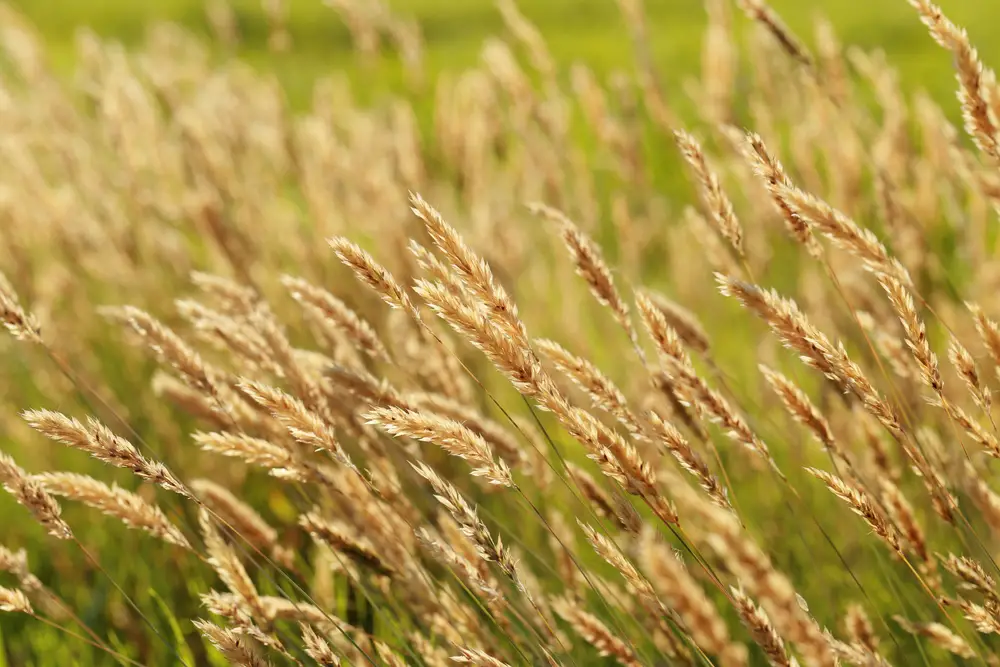
To avoid this, it is vital to graze this pasture grass frequently. It’s recommended to use reed canary grass as a hay crop once it grows too tall.
Perennial Ryegrass
Perennial ryegrass is more energy dense than most other species of grass and is commonly used for cattle grazing in many countries because of its high protein content. Ryegrass thrives in warm weather because it adapts well to warm, arid climates, making it the forage of choice in the summer months.
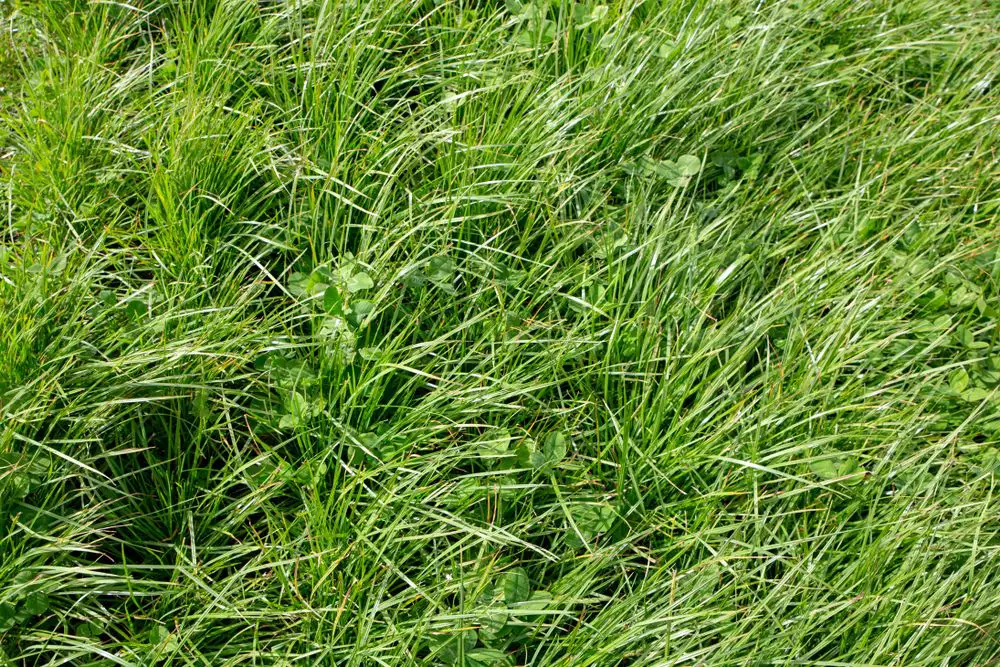
However, perennial ryegrass requires a lot of care. If they are overgrazed, ryegrass pastures might not regrow the following year.
Fescue
The fescue grass is another desirable forage crop for beef cattle. It is the pasture of choice in early winter and late fall.
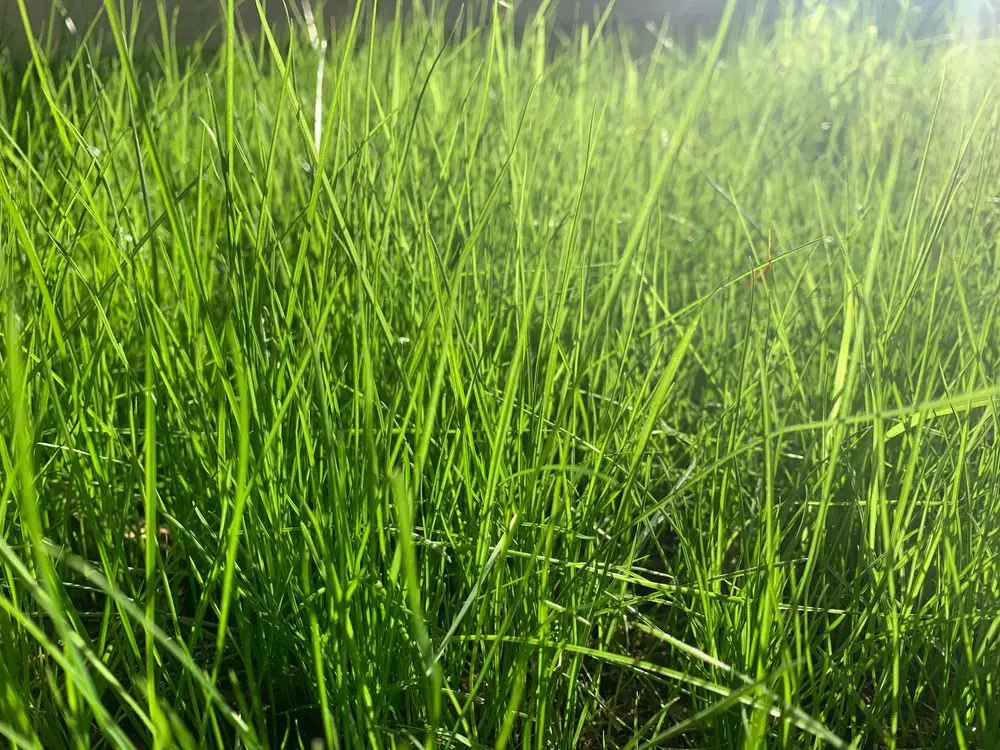
While fescue grass is less energy and nutrient-dense than most other species of grass, it can withstand extreme conditions, survives livestock trampling on it, and grows even in low-quality soil.
Many farmers overseed fescue grass with other grass species to create a diverse mix of pasture for their livestock.
Bermuda grass
Bermuda grass is another popular crop for grazing due to its reliability and drought resistance.
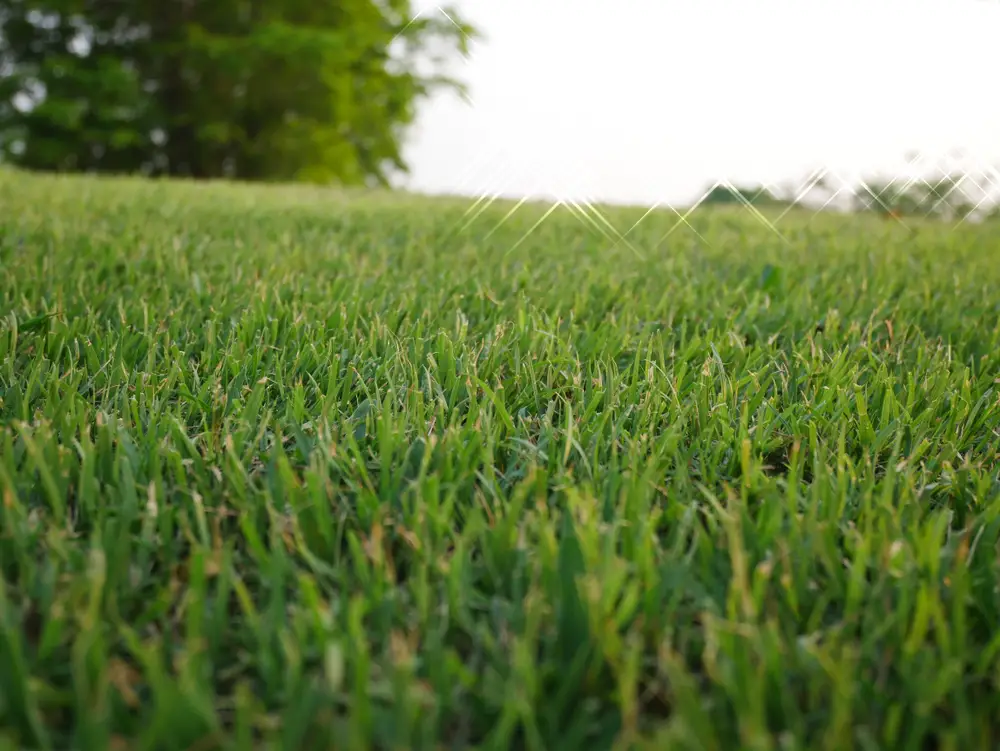
It is common in the southern states and is ideal for feeding to dairy cattle because it helps cows to produce more milk. Bermuda grass can be easily turned into hay for grazing in the winter.
Kentucky Bluegrass
Kentucky Bluegrass is a high-quality cool-season grass that is ideal for livestock because of its palatability and digestibility, although it doesn’t last long. Mature bluegrass is more energy dense than other cool-season species of grass native to Kentucky.
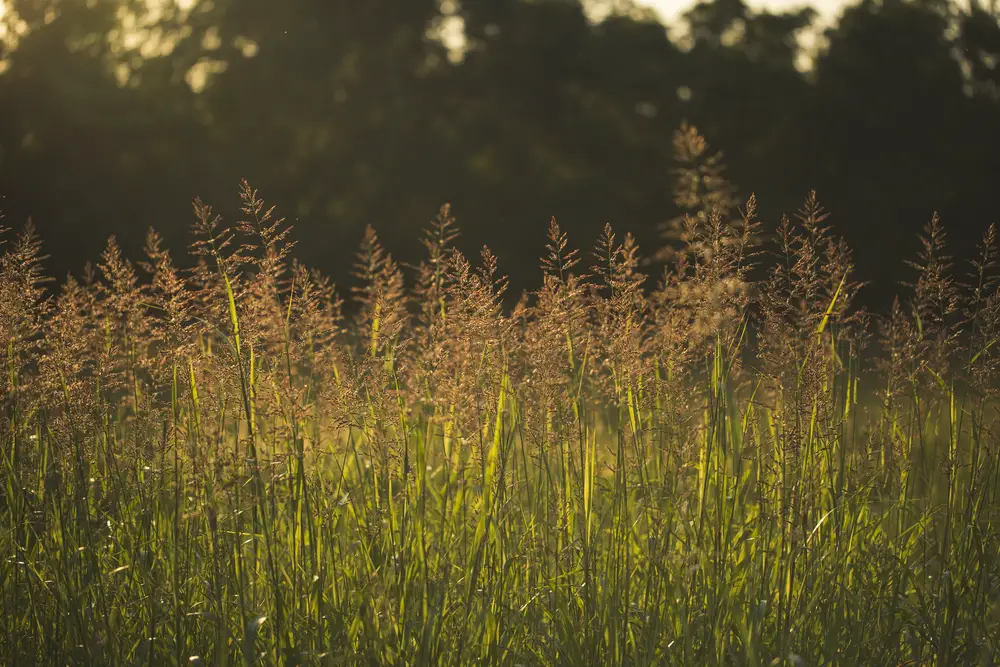
Clover
Clovers like white clover and red clover are widely available around the country and make a highly nutritious feed for animals like sheep and cattle. However, too much clover can make cows quite ill.

Other Less Popular Grasses
Other options to consider include warm-season grasses such as:
- Eastern gamagrass
- Big bluestem
- Switchgrass
- Indiangrass
- Orchard grass
Types of Grass To Avoid
Raising cows takes a lot of effort, even if you have got just a small herd of cows. One mistake and your cows could end up eating something poisonous. There are many types of grass your animals shouldn’t eat, so you need to familiarize yourself with them.
Here are some types of grass that are bad for cows to eat:
Hairy Vetch
This nitrogen-fixing crop is not ideal for cattle due to its toxicity. Death is usually due to kidney failure.
Cows with black-colored skin (like Angus and Holsteins) are the most vulnerable.
Lupin
There are six species of lupin that are very toxic to cows: sulfur lupine, summer lupine, silky lupine, silvery lupine, velvet lupine, and tailcup lupine.
These toxic varieties can cause birth defects if ingested by pregnant animals including crooked legs, cleft palates, and malformed or distorted spines.
Tall Fescue grass
Tall Fescue grass (particularly the Kentucky-31 tall fescue) makes cattle sick due to its poisonous endophyte. Tall fescue grass contains a toxic fungus known as an endophyte.
Death camas
Death camas will start growing in early spring and contains harmful steroidal alkaloids.
Without other foraging options, cows can eat death camas and experience serious health problems.
Nightshades
Many varieties of nightshades are dangerous to animals such as cattle, sheep, horses, and chickens. Nightshades are not palatable to cows, but they can grow in silage and hay crops where they can be mistakenly harvested and fed to cattle.
Poison hemlock
This garden plant can be found in many pasturelands and has attractive flowers. It is toxic to both animals and humans.
Water Hemlock
Water hemlock is another poisonous plant that is commonly found in North America. Animals can be poisoned by consuming just a small amount of cicutoxin, the toxic substance in water hemlock. Therefore, you should avoid grazing in infested areas.
Other toxic types of grass to avoid feeding to livestock include:
- Amaranth
- Larkspurs (low and tall)
- Sudangrass
- Sorghum
FAQs
Can Cows Do Well on Grass Alone?
Although cows can do well on grass alone, ranchers should supplement their cows’ diet with silage, hay, cereals, or grains if there’s not enough grass to sustain their herd.
Are Lawn Clippings Good for Cows?
Cows should eat freshly cut lawn clippings only. After about 8 hours of cutting, the grass can decompose, leading to health problems for your cows.
You should not feed lawn clippings to your cows if it has started to ferment due to the high risk of mold or rot, which could cause bloat in cows.
